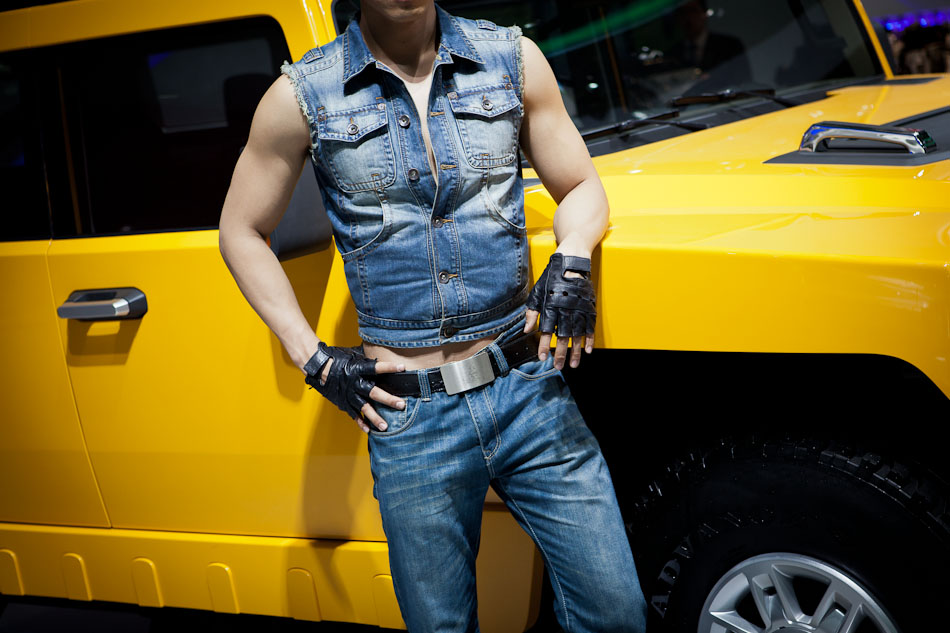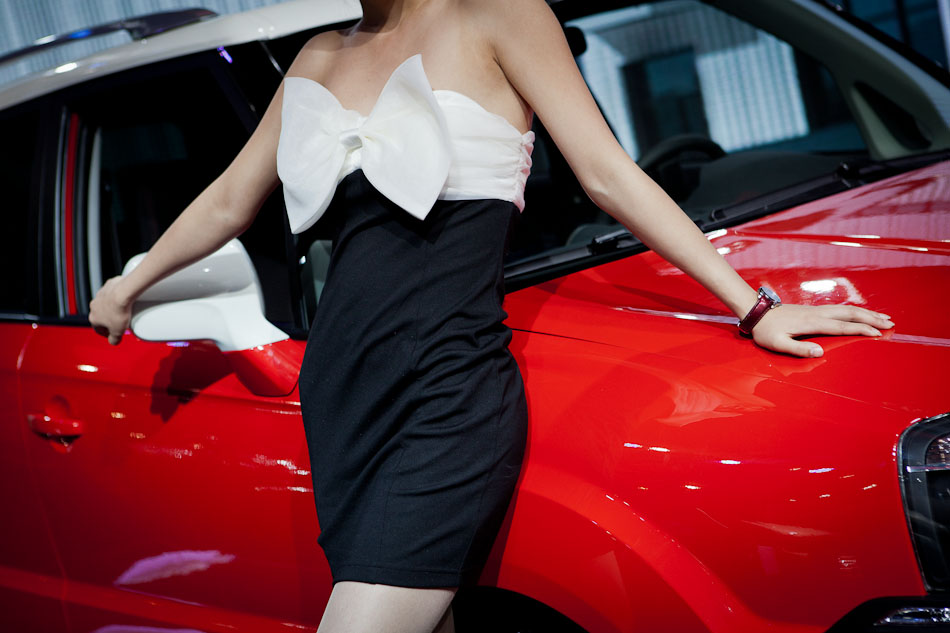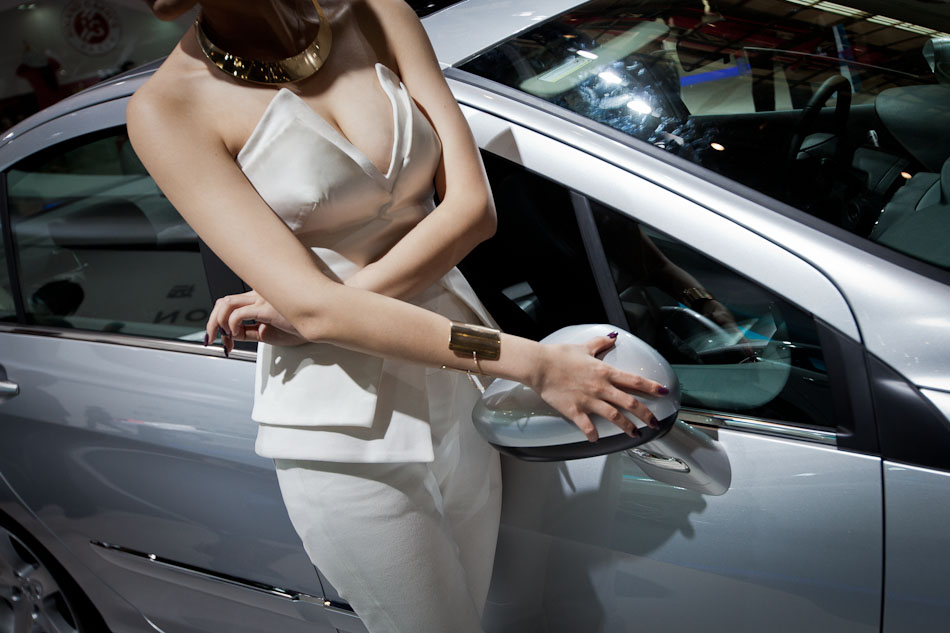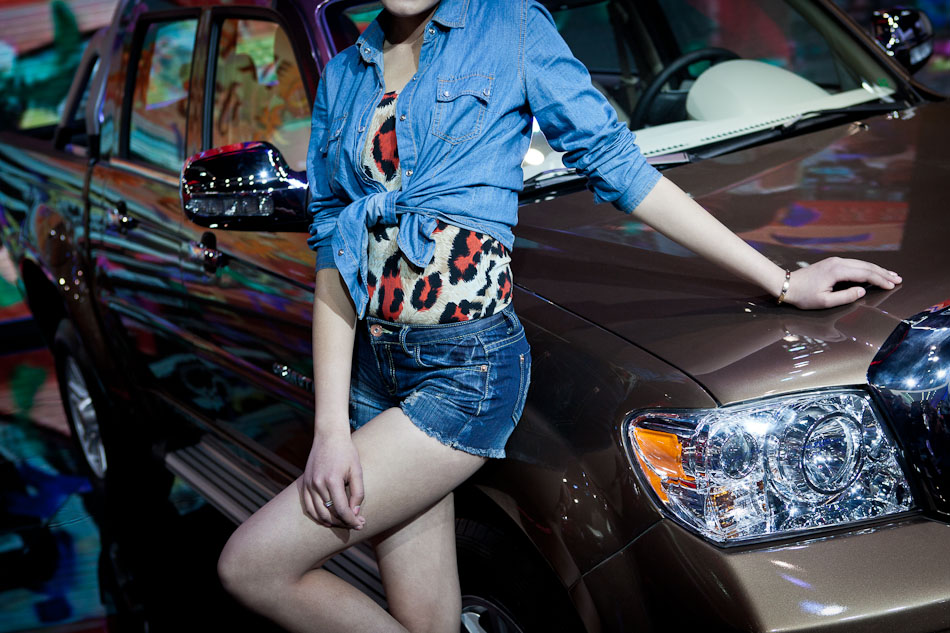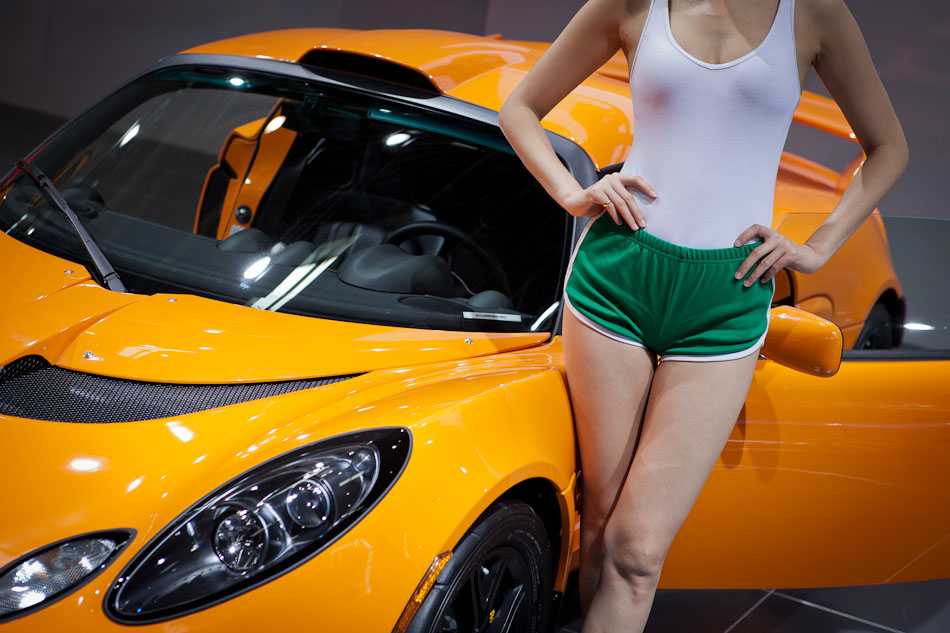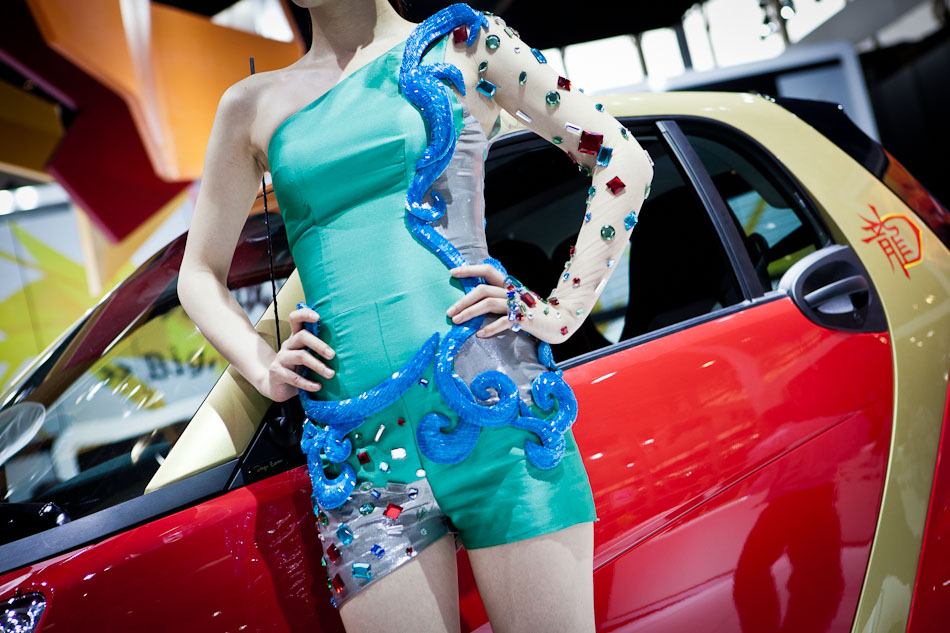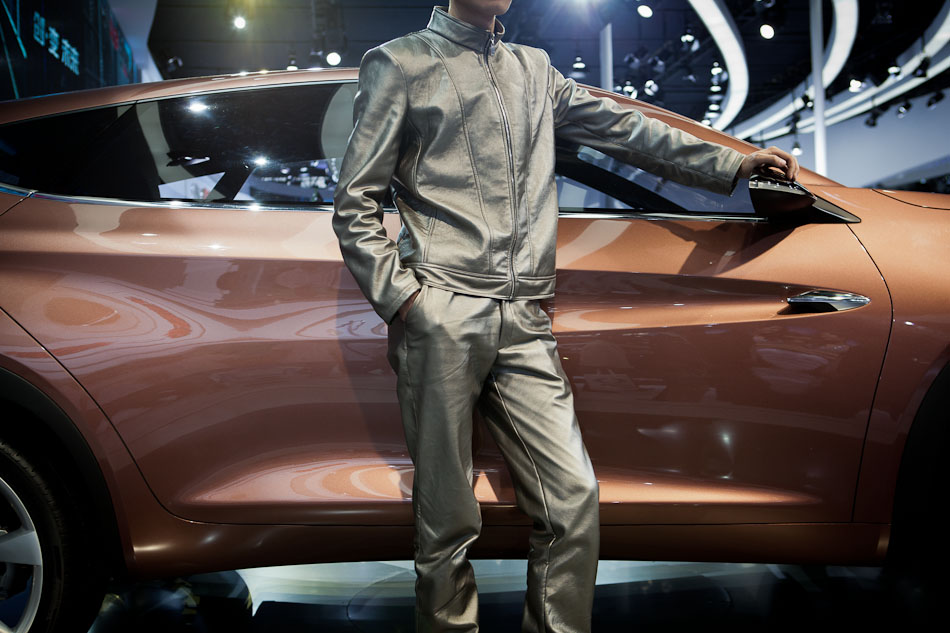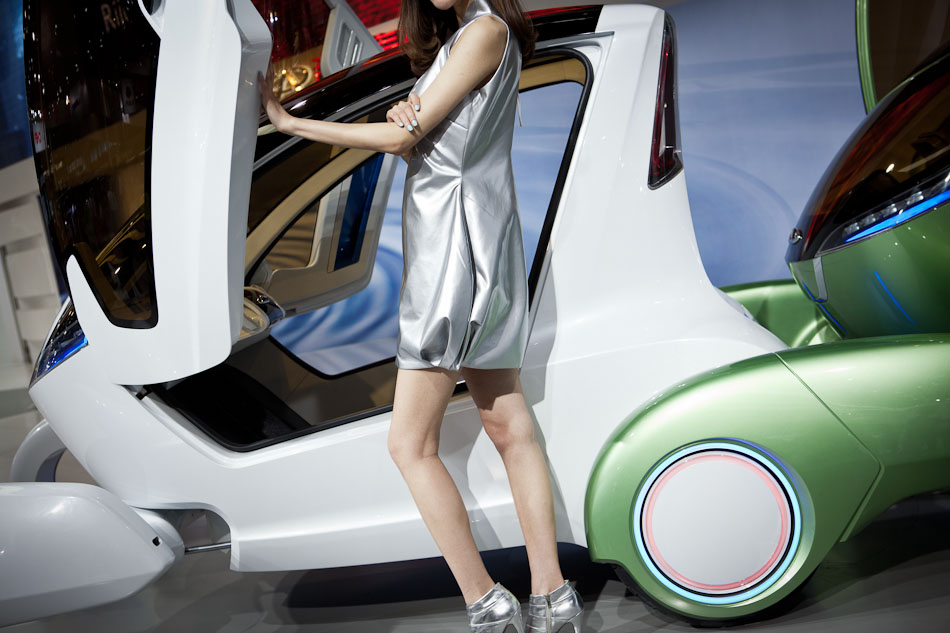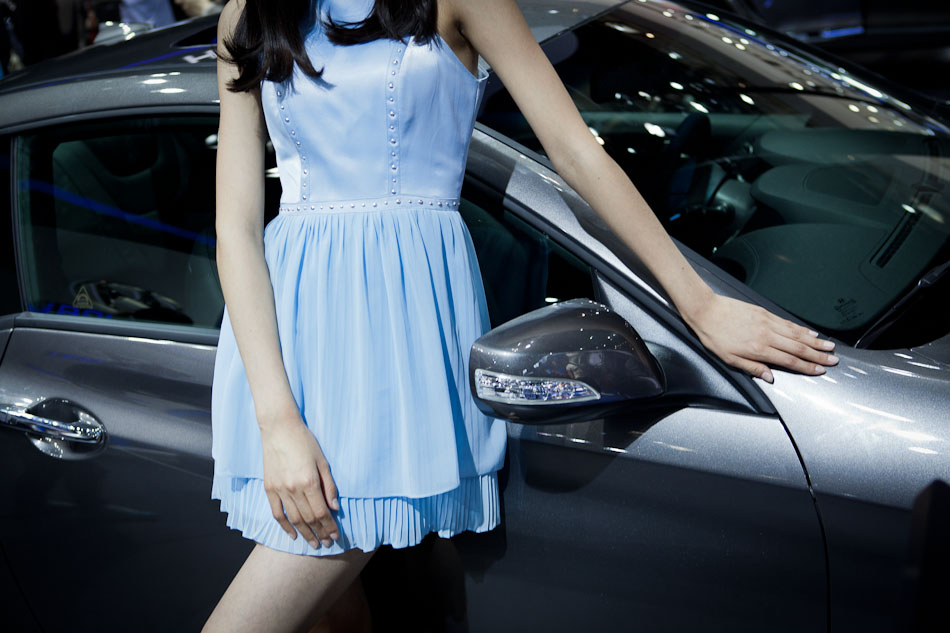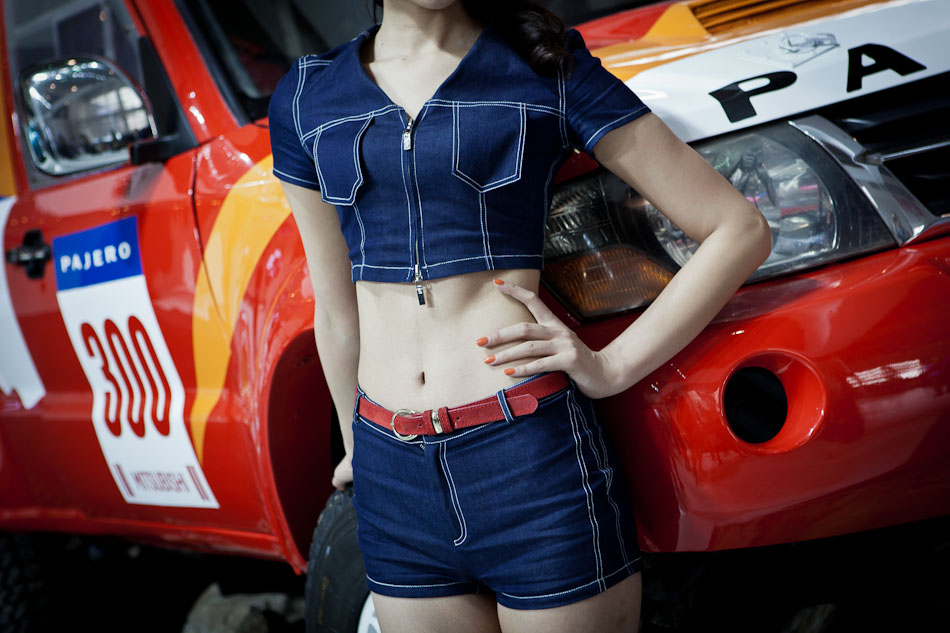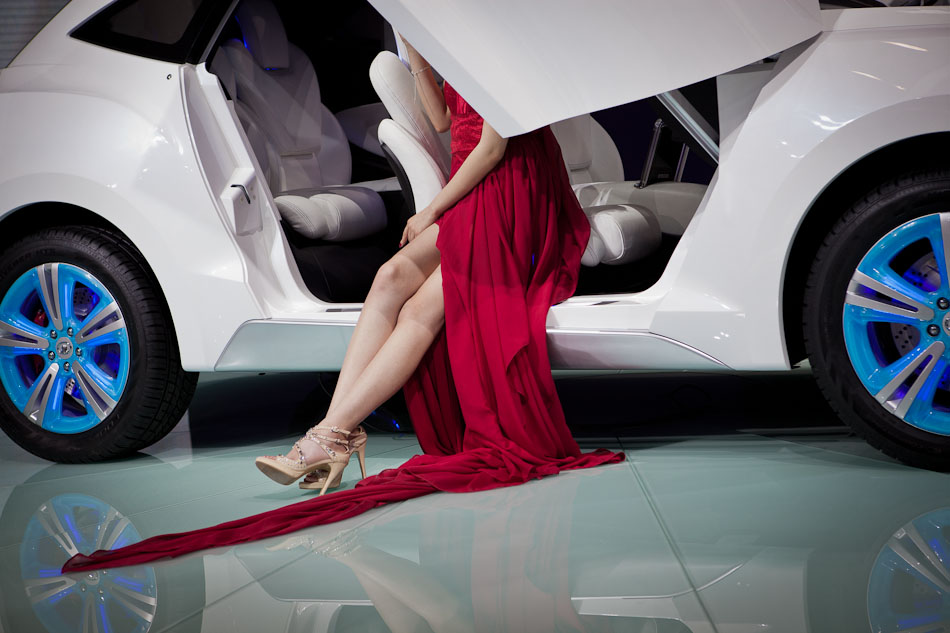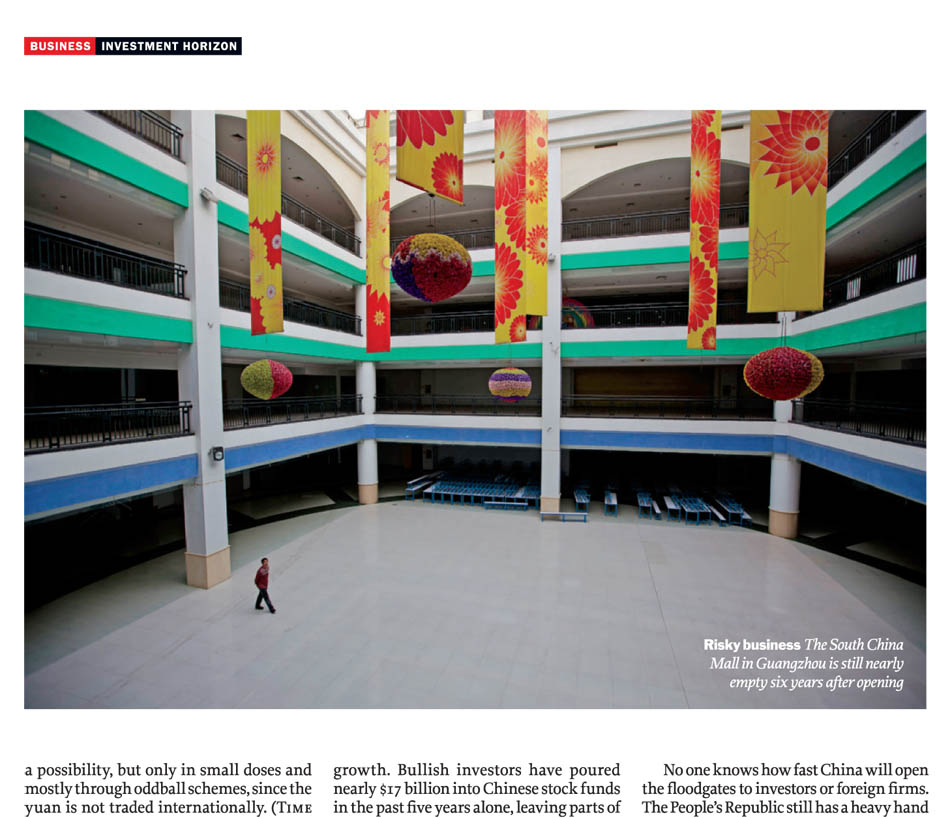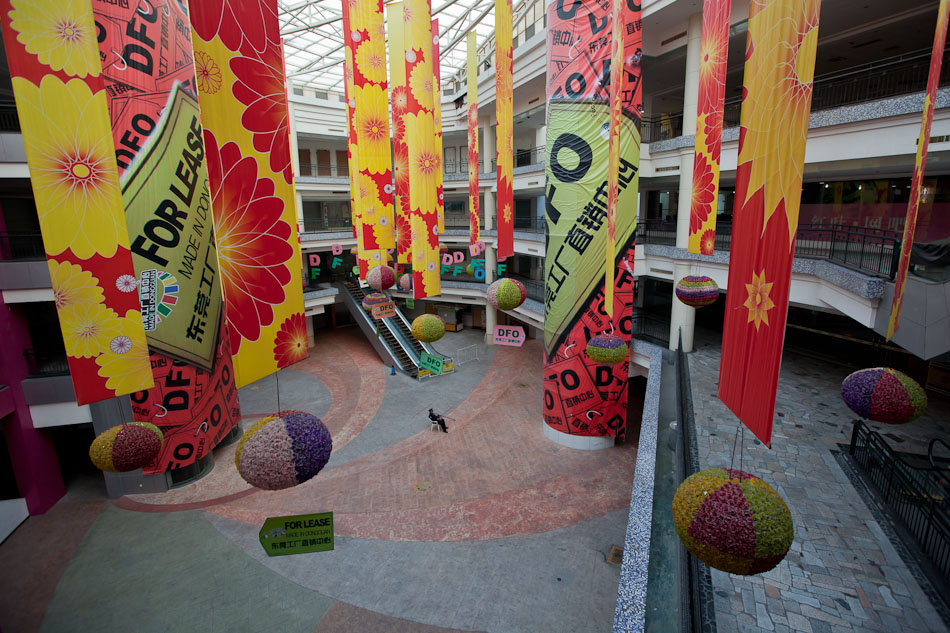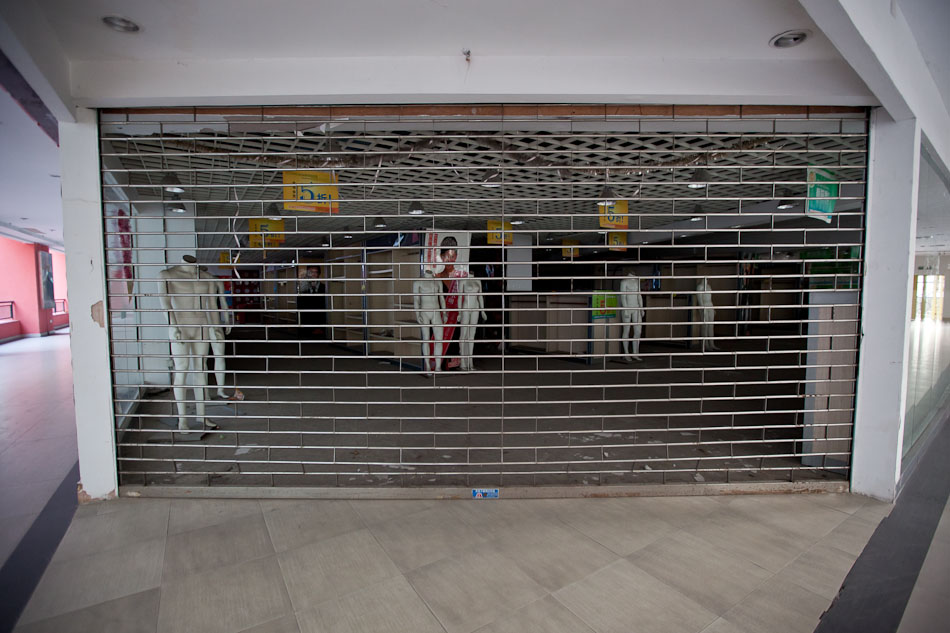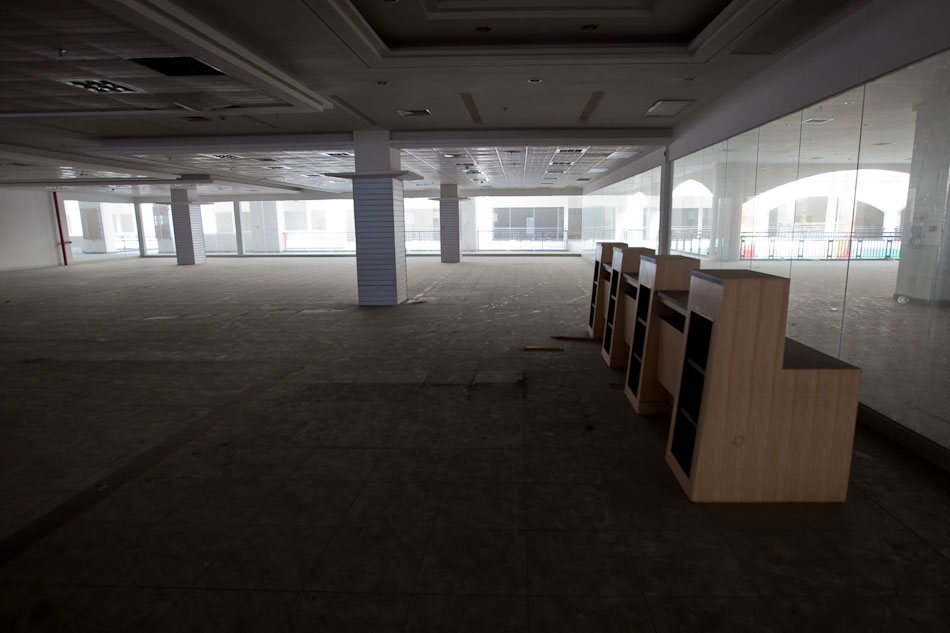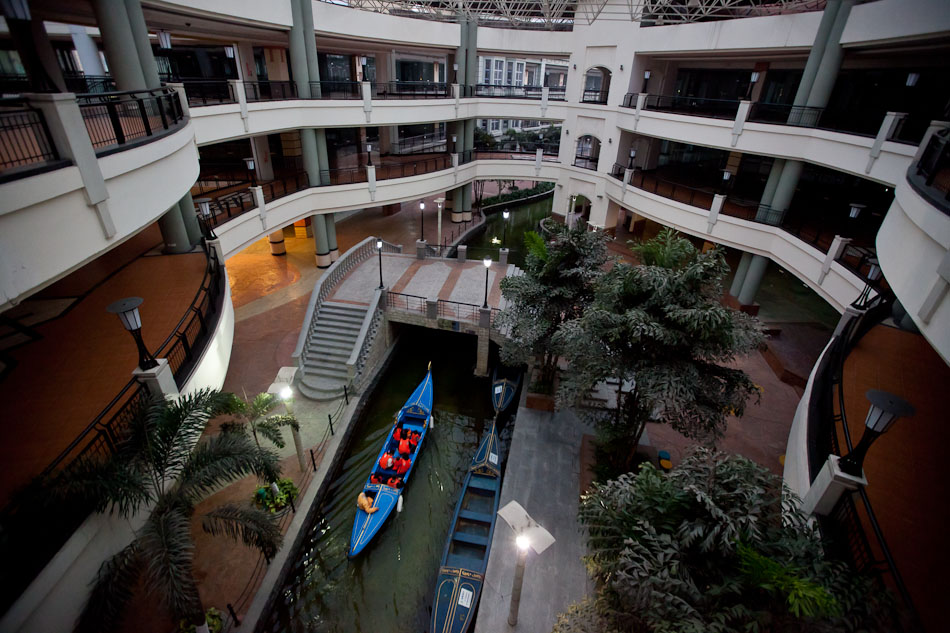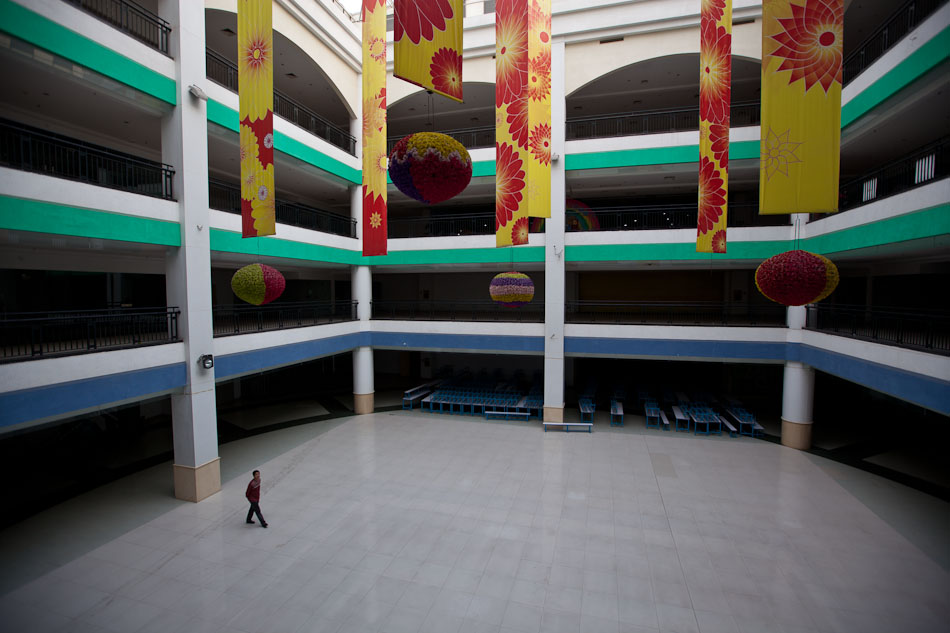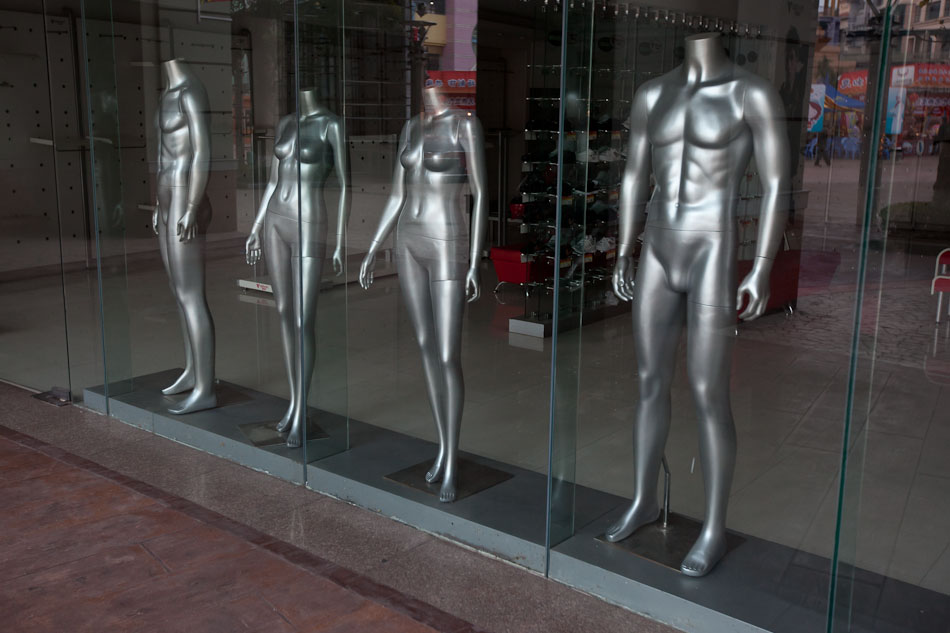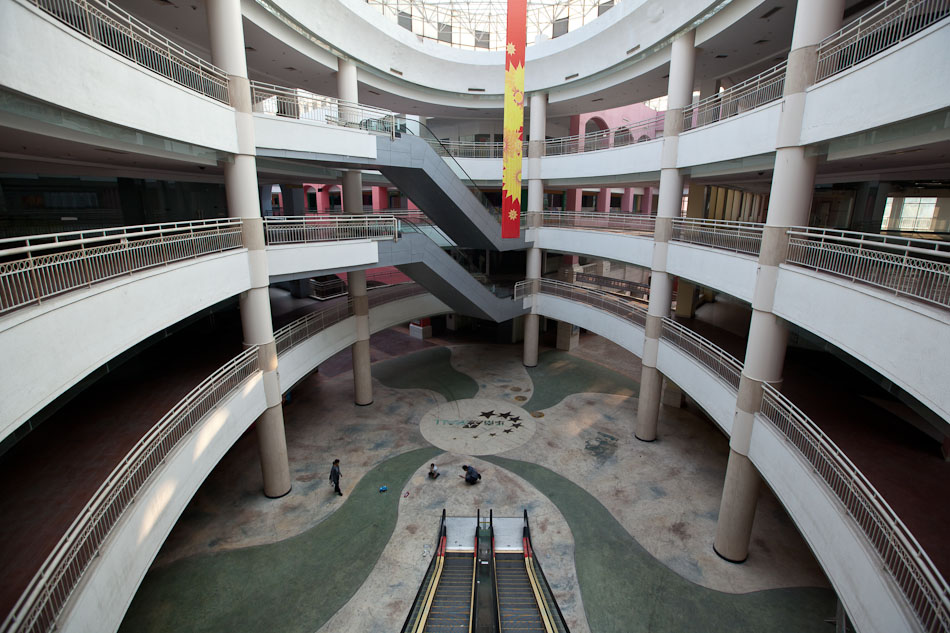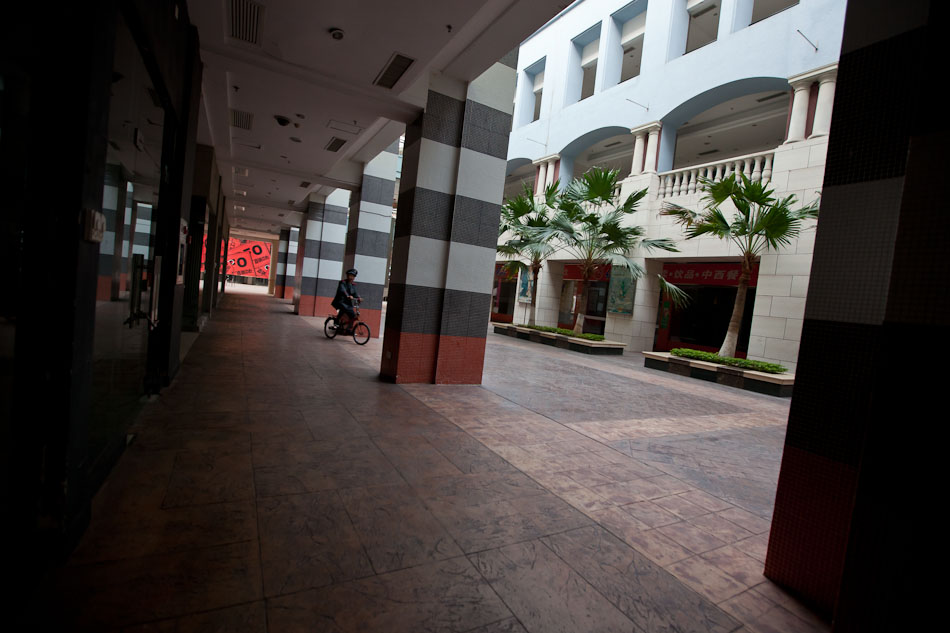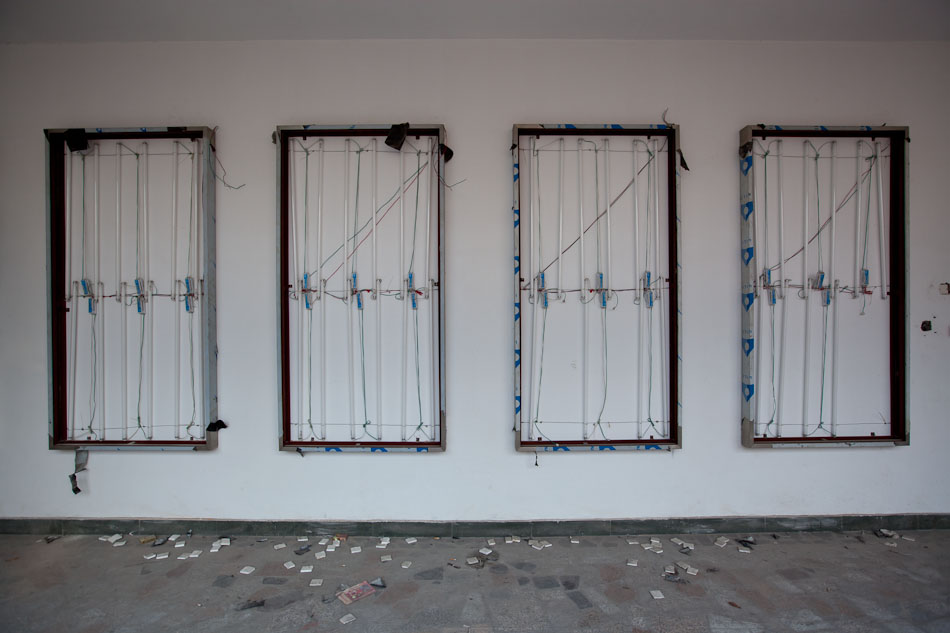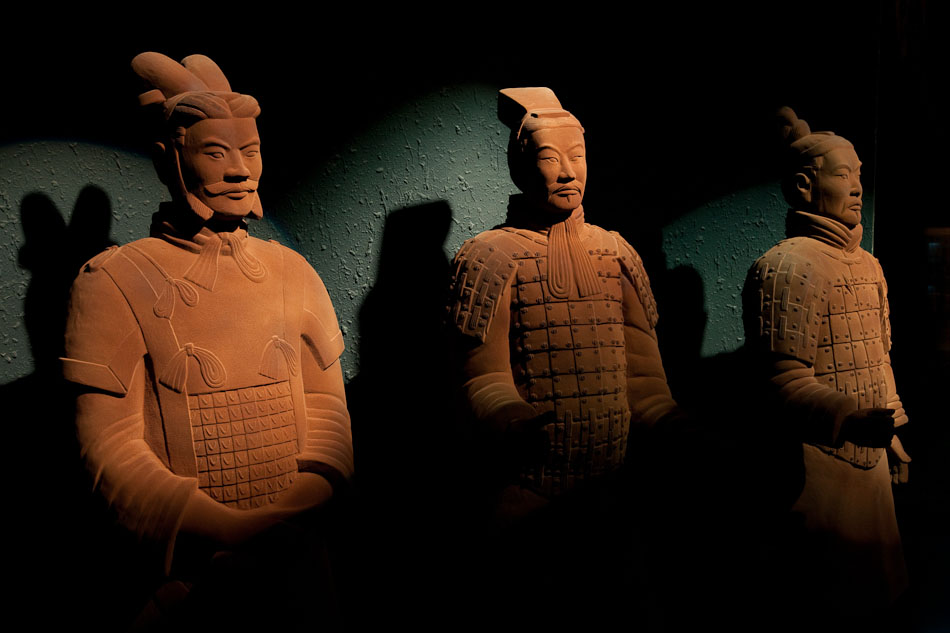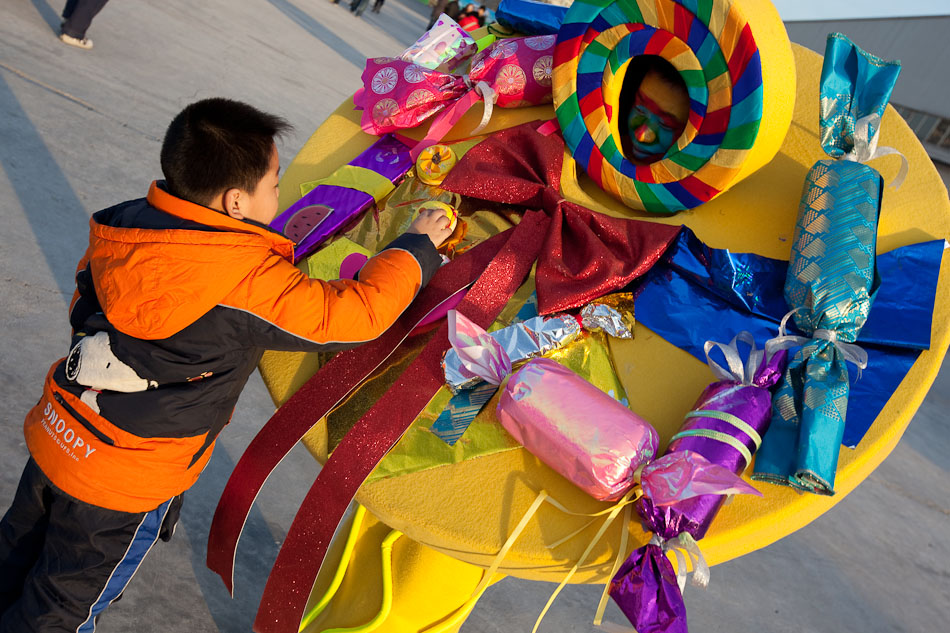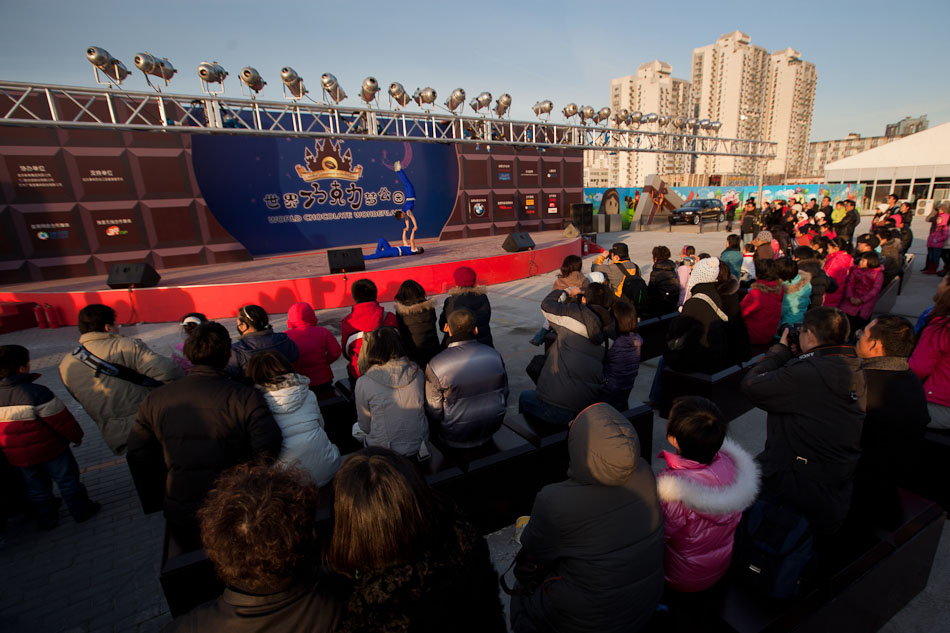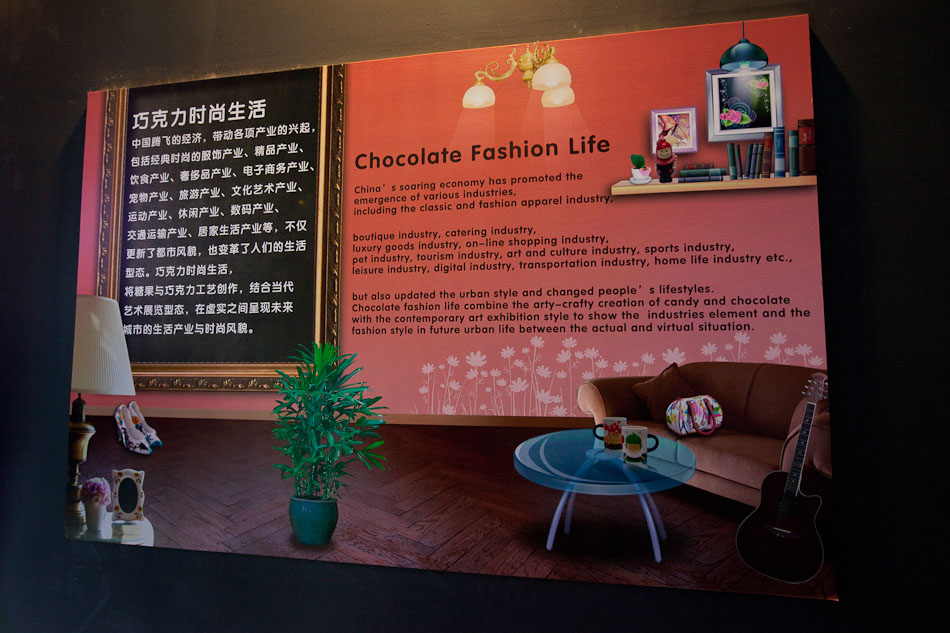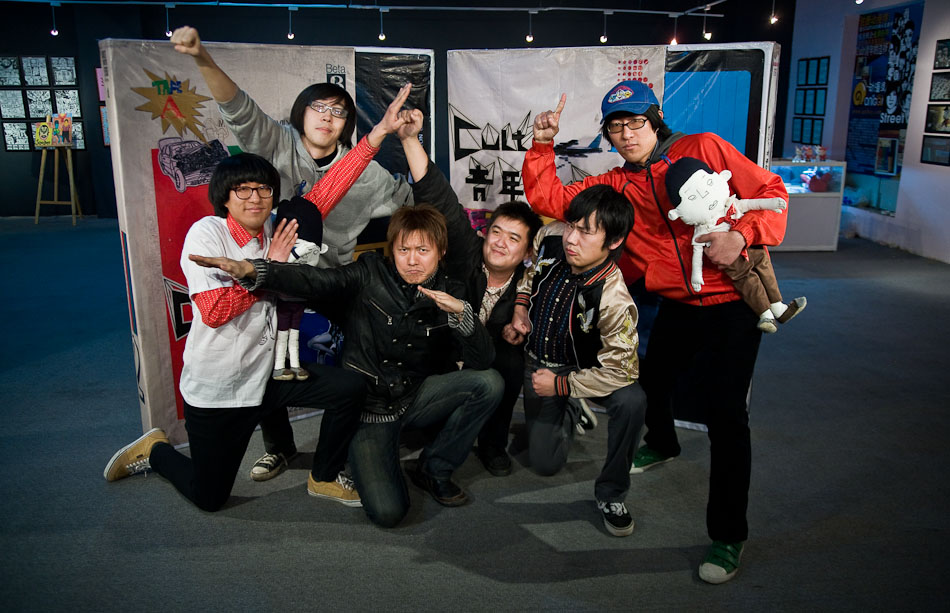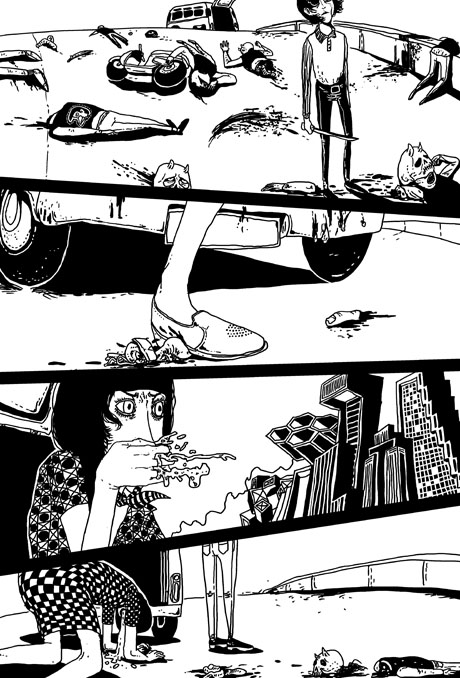The art of telling stories using caricatures dates back to prehistoric man. Although cave paintings didn’t survive Beijing’s urban upheaval, new and more subversive forms of pictorial narration now issue forth from the comic underground. The once popular bison and ibex motifs of yore gave way to more pertinent contemporary themes such as teen angst, social detachment, and disgruntled robots. One of Beijing’s leading cliques of illustrators, aptly dubbed Cult Youth, take innovative strides with such matters in their newly minted anthology of graphic shorts.
Whether you like it or not, comic books and graphic novels are turning into one of the most widespread and influential forms of popular culture. Although China is far from eclipsing Japan’s manga scene, younger generations in Beijing with unprecedented access to foreign media are getting hooked. Cult Youth stands at the forefront of this movement. Guoqi (郭麒), one of twenty plus Cult Youth affiliated artists, noted, “that caricatures from any historical period are very valuable, but this generation in China saw many comics from different countries while growing up and now understand their important nature. People no longer believe comics are for children only.” Everyday occurrences enter the illustrator’s palette and take on new forms that fascinate both the young and old.
The most appealing nature of Cult Youth’s newest anthology is the eclectic array of themes presented in each graphic short. In many ways, it mirrors the kaleidoscope of often-conflicting interests, desires, and traditions that exist in modern China. Ca (擦), one of the founding members of Cult Youth, expounded, “We don’t say exactly who we are. We don’t pretend to represent any particular thing about China. Rather, our work grows out of our own personal interests. We have a wide range of opinions and aren’t primarily interested in any sort of pure documentary effort or work that invokes a feeling of social responsibility.” The unparalleled multiplicity of people in China defies any generalization and Cult Youth mirrors that chaos with their unstinting and often trenchant conceptual takes on life in the Middle Kingdom.
Still, many of the Cult Youth artists claim to grapple with a materialistic void growing within society and therefore feel their influence is gaining momentum. “China’s masses deal with an impoverished mainstream culture. Many are hungry for more, and it seems Cult Youth’s free and willful comics is what they need,” asserted Songqi (宋麒), Guoqi’s (郭麒) twin brother. With more dedicated readers, the anthology certainly resonates in a particular manner – the witty and insightful strips draw you in with their arresting and sometimes grotesque illustrations.
Cult Youth personifies the increasing number of Chinese becoming aware of the impact of international media on their country and the disjunction it represents from the experience of previous generations. “Older people had a world of their own,” Ca (擦) continued, “Such things cannot be passed on. The new youth access everything.” Many of the artists expressed the need to lead people to a new understanding of the information explosion occurring around them and therein present new outlets for individual expression while underhandedly capturing the pitfalls of modern China. According to Heilichi (黑荔枝), “Independent thinking leads to happiness.” There is a growing sense among the Cult Youth illustrators that even if they get labeled as outsiders, their work will continue to speak for itself.
In the end, Cult Youth still agrees on one thing: they want people to laugh and appreciate the absurdities of life. There is a mischievous air about the group as they reinterpret the already convoluted world surrounding them in Beijing. Not many of them know what the future holds, but they love their work and produced a unique anthology of graphic shorts that present a small but captivating window into contemporary China.
